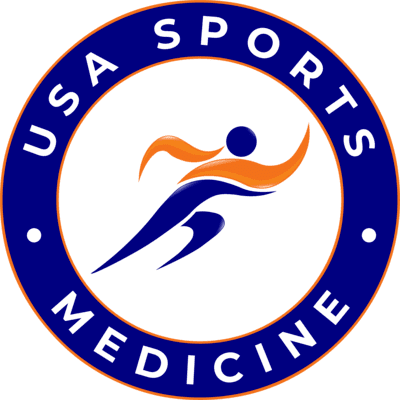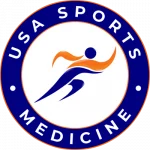Introduction to Meniscal Injury
Meniscal injuries are common among athletes and individuals who engage in physical activities that involve twisting, pivoting, or sudden changes in direction. The meniscus is a C-shaped cartilage that acts as a cushion between the thigh bone and the shinbone, providing stability and support to the knee joint.
Anatomy of the Meniscus
The meniscus is made up of two parts – the medial meniscus on the inside of the knee and the lateral meniscus on the outside. These parts are attached to the shinbone and are anchored by strong ligaments. The blood supply to the meniscus is limited, which makes it difficult for the meniscus to heal on its own if injured.
Causes of Meniscal Injury
Meniscal injuries can occur due to a variety of reasons, such as sudden twisting or pivoting, direct impact on the knee, or degenerative changes in the meniscus due to ageing or repetitive stress. Athletes who play high-impact sports like soccer, basketball, or football are more prone to meniscal injuries.
Symptoms & Diagnosis of Meniscal Injury
The symptoms of meniscal injury include pain, swelling, stiffness, and difficulty moving the knee. In some cases, there may be a popping or clicking sensation when the knee is moved. If left untreated, meniscal injuries can lead to chronic pain and instability in the knee joint.
To diagnose a meniscal injury, a healthcare provider will perform a physical examination and may order imaging tests like an MRI or X-ray. At USA Sports Medicine, we perform every procedure with ultrasound or fluoroscopic guidance to locate the point of injection in order to maximize the benefits of healing and/or pain relief. These tests can help determine the extent and location of the injury and guide the appropriate treatment plan.
Non-Surgical Treatment for Meniscal Injury
PRP (platelet-rich plasma) therapy and stem cell therapy are both regenerative medicine techniques that can help in the treatment of meniscal injuries. These therapies work by utilizing the body’s own healing mechanisms to promote tissue repair and regeneration.
The benefits of these therapies after meniscus injuries include stimulating the body’s natural healing process, being minimally invasive, reducing your need for surgery, accelerating the healing process, and providing pain relief.
Recovery and Rehabilitation after Meniscal Injury
Recovery and rehabilitation after a meniscal injury may involve a period of rest and immobilization followed by a structured rehabilitation program. Physical therapy and manual therapy can help restore range of motion, strength, and stability to the knee joint. A gradual return to activities and sports may be recommended based on the individual’s progress and response to treatment. Our experts can help personalize a physical therapy treatment plan that is right for you.
At USA Sports Medicine, we offer comprehensive treatment options for meniscal injuries, including physical therapy, manual therapy, chiropractic treatments, dry needling, stem cell therapy, and PRP therapy. Our experienced healthcare providers are dedicated to helping individuals recover from meniscal injuries and return to their active lifestyles. Contact us today to learn more about our services.

